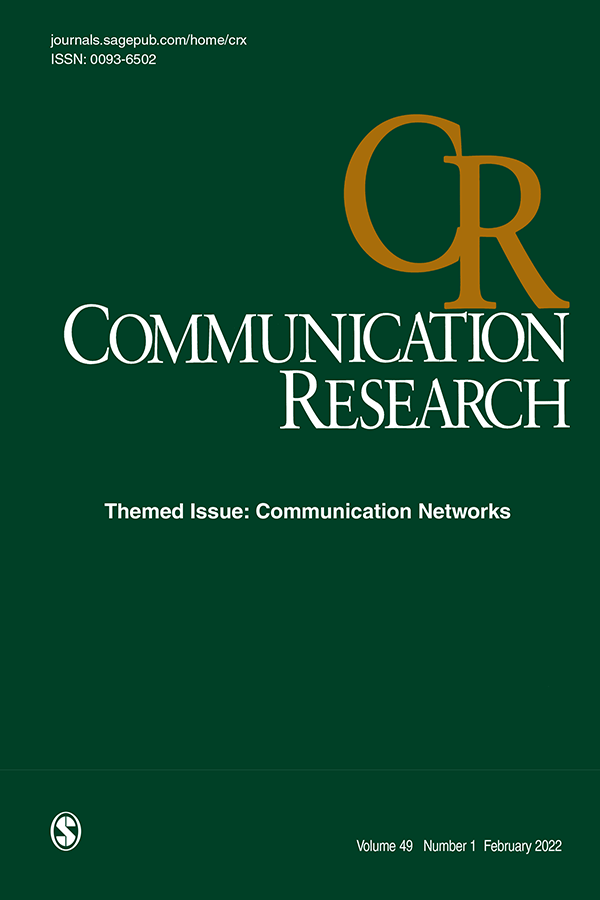Why Do Journalists Face Varying Degrees of Digital Hostility? Examining the Interplay Between Minority Identity and Celebrity Capital
IF 4.9
1区 文学
Q1 COMMUNICATION
引用次数: 2
Abstract
This study compares two explanations why some journalists are targeted more than others, both by general digital hostility and specifically by identity-based hostility, job-related hostility, and severe hostility such as threats and repeat offences. The first explains targeting by identity, especially of historically disadvantaged groups such as women and migrants; the second explains targeting by celebrity: journalists with larger audiences, greater social media presence, more television work, and focus on political coverage are targeted more. A Swiss survey of 568 journalists shows that celebrity mainly explains targeting with general hostility, whereas the effects of identity vary for different types of hostility. Additional interactions suggest that historically disadvantaged groups tend to experience more digital hostility, but only with increasing celebrity capital. This study emphasizes how hostility types differentiate explanatory values. Further, it contributes an innovative celebrity explanation and demonstrates how interactions can illuminate the tangled relation between identity, visibility, and hostility.为什么记者面临不同程度的数字敌意?少数民族身份与名人资本的相互作用研究
这项研究比较了两种解释,为什么有些记者比其他人更容易成为攻击目标,一种是一般的数字敌意,一种是基于身份的敌意,一种是与工作有关的敌意,一种是严重的敌意,如威胁和重复犯罪。第一个解释了以身份为目标,特别是针对历史上处于不利地位的群体,如妇女和移民;第二个解释了名人的目标:拥有更多受众、更多社交媒体曝光率、更多电视工作和专注于政治报道的记者更容易成为目标。瑞士对568名记者的一项调查显示,名人主要解释了一般敌意的目标,而身份对不同类型敌意的影响则有所不同。额外的互动表明,历史上处于不利地位的群体往往会经历更多的数字敌意,但只有随着名人资本的增加。本研究强调敌意类型如何区分解释价值。此外,它还提供了一种创新的名人解释,并展示了互动如何阐明身份、可见性和敌意之间的纠结关系。
本文章由计算机程序翻译,如有差异,请以英文原文为准。
求助全文
约1分钟内获得全文
求助全文
来源期刊

Communication Research
COMMUNICATION-
CiteScore
17.10
自引率
0.00%
发文量
20
期刊介绍:
Empirical research in communication began in the 20th century, and there are more researchers pursuing answers to communication questions today than at any other time. The editorial goal of Communication Research is to offer a special opportunity for reflection and change in the new millennium. To qualify for publication, research should, first, be explicitly tied to some form of communication; second, be theoretically driven with results that inform theory; third, use the most rigorous empirical methods; and fourth, be directly linked to the most important problems and issues facing humankind. Critieria do not privilege any particular context; indeed, we believe that the key problems facing humankind occur in close relationships, groups, organiations, and cultures.
 求助内容:
求助内容: 应助结果提醒方式:
应助结果提醒方式:


